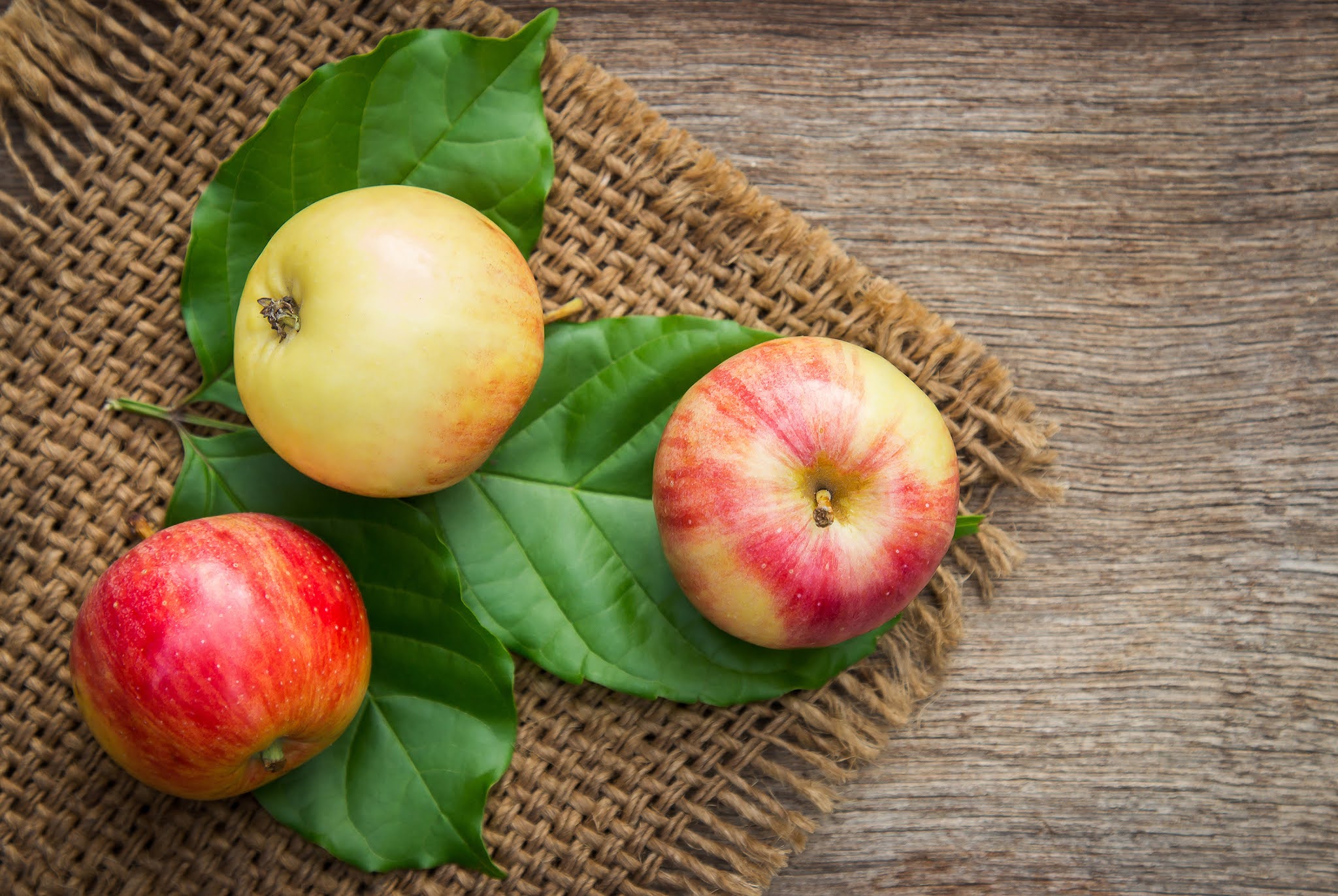
10 Ways to Increase Oxygen in Your Koi Pond for Happy and Healthy Fish
Introduction
Keeping koi fish in your backyard pond can be a delightful and rewarding experience. However, maintaining a healthy and well-balanced ecosystem in your pond is crucial for the well-being of your aquatic pets. One of the essential elements that play a vital role in your pond’s ecosystem is oxygen. Adequate oxygenation is necessary for the survival and health of your koi fish. In this article, we will discuss ten easy and practical ways to increase oxygen in your koi pond, ensuring that your fish live long, happy, and healthy lives.
1. Install an Aerator
Adding an aerator to your koi pond is the most effective and efficient way to increase oxygen levels in your water. Aerators work by introducing air into your pond, which allows for oxygen exchange to happen between the water and the air. There are different types of aerators available, including surface aerators and diffused air systems. Surface aerators create a beautiful fountain-like display while diffused air systems release air bubbles from the pond’s bottom, creating a gentle water current and turbulence that enhances oxygen exchange.

2. Add Water Plants
Adding aquatic plants to your koi pond is another way to help increase oxygen levels in your water. Plants act as natural filters that absorb excess nutrients and organic matter, preventing them from contributing to the growth of harmful algae. At the same time, they introduce oxygen into your pond through photosynthesis. Plants like water lilies, duckweed, and hornwort are excellent choices for oxygenating your koi pond.
.png)
3. Increase Water Movement
Increasing water movement in your koi pond enhances oxygenation by introducing air into the water column. You can achieve this by installing a water feature like a waterfall or stream. Water movement also helps prevent stagnation, reducing the amount of debris and sediment buildup. A clean and debris-free pond maintains water quality, contributing to increased oxygen and healthy fish.

4. Avoid Overfeeding
Overfeeding your koi fish leads to an overabundance of organic matter in your pond. When this matter decomposes, it uses up oxygen, leading to less availability of oxygen for fish to breathe. You can avoid this by feeding your fish only what they can consume in five minutes or less, twice a day. If excess fish food remains in your water, remove it with a net or siphon to prevent it from decomposing and affecting your water quality and oxygenation.
5. Clean Your Filter Regularly
The filter system in your koi pond is responsible for removing debris and waste from your water. Regularly cleaning your filter ensures it is running efficiently, reducing the buildup of organic matter that can affect oxygenation. Always check your filter and clean it at least once a month, depending on your fish’s stocking density and feeding frequency.

6. Use Beneficial Bacteria
Beneficial bacteria help break down accumulated organic matter that compromises your water quality and oxygen levels. These bacteria consume organic matter in your pond, reducing the amount of oxygen it requires to decompose. You can add commercial bacterial products to your water to promote bacterial growth, or you can introduce it naturally through aquatic plants or aeration. Always follow the manufacturer’s instructions when using bacterial products.

7. Create Shade
Koi fish thrive in shaded environments because direct sunlight can quickly heat up your pond, leading to decreased oxygen levels. Providing shade reduces sunlight exposure, controls temperature, and minimizes algae growth, contributing to healthy and oxygenated water. You can create shade in your pond by adding water lilies and other floating plants, or with a pond net or sail shade.

8. Monitor Water Temperature
Water temperature affects oxygen availability in your pond. Warmer water contains less oxygen than colder water due to its lower gas solubility. Monitoring your water temperature is essential to ensure that your fish have constant access to adequate oxygen levels. You can do this by using a thermometer, ensuring that water temperature is between 68-74°F. If water temperature increases, you can add an extra aerator or fountain to promote oxygenation.
9. Use a Pond Vacuum
A pond vacuum comes in handy when removing debris and sediment from the bottom of your pond. Removing accumulated debris prevents its decomposition, which uses up oxygen and affects overall oxygen levels. Always use a pond vacuum with caution, making sure it does not disturb your fish or other aquatic life in your pond.
10. Properly Stock Your Pond
Maintaining the right number of fish in your pond ensures that your fish have constant access to adequate oxygen levels. Overstocking your pond leads to increased waste production, which leads to increased organic matter in your water and decreased oxygenation. Properly stocking your pond means considering your pond’s size and volume, ensuring it can handle the number of fish you want to keep. Keep in mind that koi fish grow rapidly and require ample space; therefore, it may be necessary to plan pond expansion or limit the number of fish you introduce.
Conclusion
A well-oxygenated koi pond is essential for the health and well-being of your fish. Implementing the tips in this article ensures that your pond has constant access to adequate oxygen levels, promoting healthy and vibrant aquatic life. The key takeaway is that maintaining your pond’s oxygen levels requires consistency and adherence to appropriate practices. Ensure that you understand your pond’s specific needs and implement strategies that support its unique ecosystem. Keep your fish happy and healthy by providing them with high-quality water enriched with life-giving oxygen.